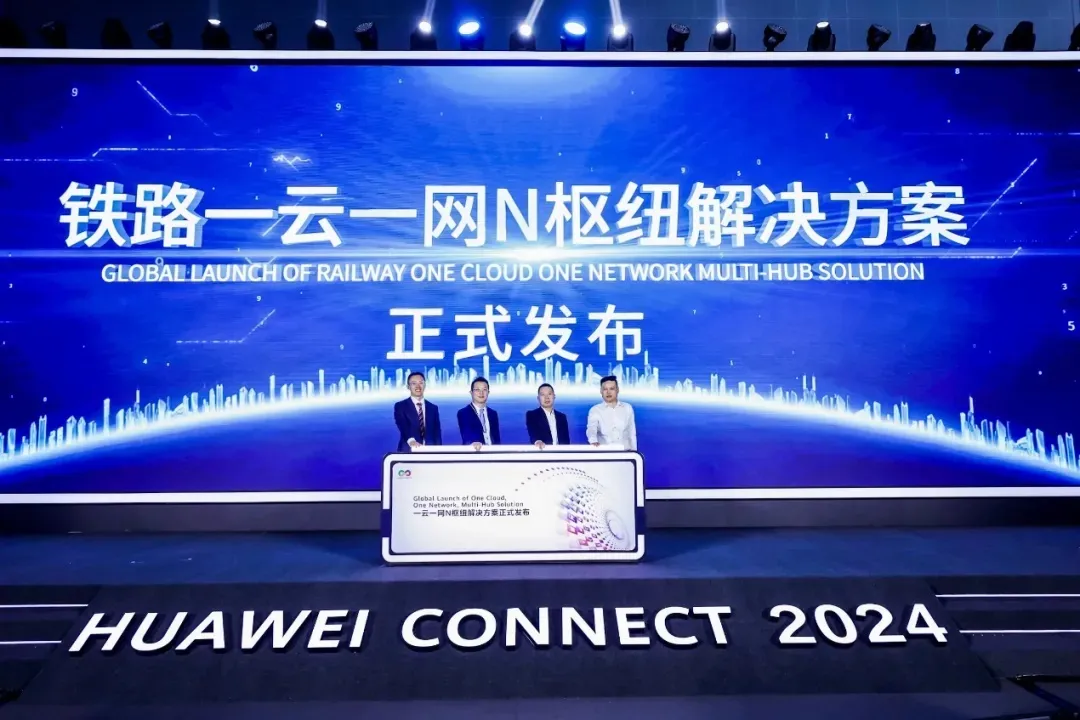Unlike RSTP, dynamic ring coupling does not disrupt intra-consist networks during reorientation. As a result, all the Ethernet network services today’s expected by long-distance railway passengers and operators - CCTV surveillance, wi-fi access, passenger information systems, public announcement systems, and more - can be seamlessly enjoyed even when coupling switches are rearranged mid-journey.
Moxa demonstrates obsolescence management of train network refurbishments
Moxa is taking advantage of the Innotrans 2014 exhibition in Berlin to showcase its new products and technologies its ToughNet series of EN 50155 compliant managed Ethernet switches which support Moxa´s new technology dynamic ring coupling that enables the speedy and automated configuration of Ethernet Switches aboard trains when consists are rearranged in mid-journey. It also guarantees inter-consist network recovery in less than one second, and even faster intra-consist recovery in 20 milliseconds.
August 5, 2014
Read time: 1 min










